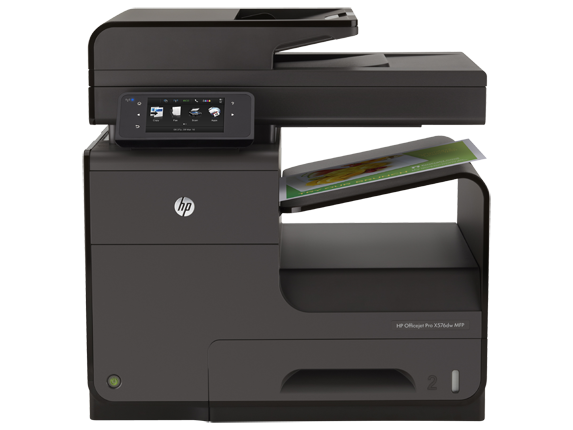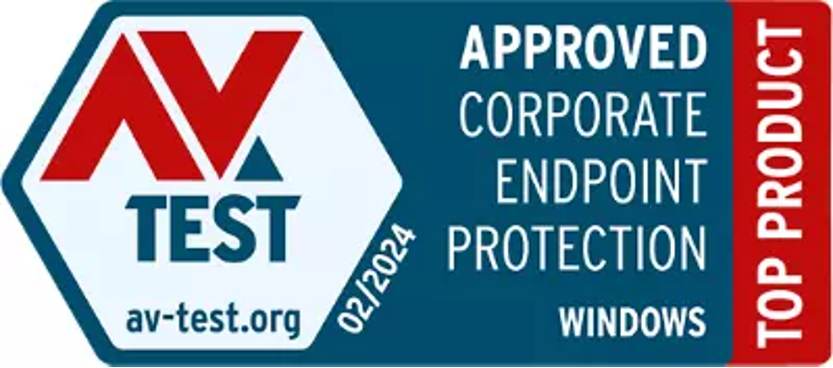 Whether you’re working at a tiny startup that first got funding mere months ago, or a gigantic organization that has been around for decades, the ability to print materials is obviously a crucial part of a successful workday. Exceptional and efficient printing helps push projects forward, make positive professional impressions and, ultimately, improve your bottom line.
Whether you’re working at a tiny startup that first got funding mere months ago, or a gigantic organization that has been around for decades, the ability to print materials is obviously a crucial part of a successful workday. Exceptional and efficient printing helps push projects forward, make positive professional impressions and, ultimately, improve your bottom line.
That’s why we developed HP PageWide Technology — a new standard in business printing that combines amazing print speeds with energy efficiency and quality for up to 50% less cost per page than comparable color laser printers. Instead of using a printhead that travels back and forth across the page, HP PageWide Technology uses a stationary printhead that spans the width of a page and contains more than 40,000 tiny nozzles.
Here are five ways an HP PageWide Technology printer, such as the HP OfficeJet Pro X, can improve your business printing experience.
1. Print faster
Printers using HP PageWide Technology print at speeds up to 70 pages per minute, regardless of whether they’re producing pages in black or in color. [1]
And with HP PageWide Technology, an ink droplet travels at 33 feet per second to the page. To put that kind of speed into context, it would take one of our ink droplets 3.64 seconds to finish the 40-yard dash.
That’s up to two times as fast as a similarly-classed color laser printer.
In fact, the HP OfficeJet Pro X576dw MFP was recently certified as the world’s fastest desktop printer. [2]
2. Print better
Printers using HP PageWide Technology use super-microscopic ink droplets that come in at 25 microcrons and contain six picoliters of ink — which enables very high-quality prints every time.
How microscopic are we talking? Well, each ink droplet is about 1/3 the size of a smart phone pixel. [3]
3. Print more reliably
With our printers, you can say goodbye to paper jams and other annoying printing-related obstacles and setbacks.
According to independent tests conducted by Buyers Lab, the HP OfficeJet Enterprise Color MFP X585 has printed more than 200,000 pages without failure. [4]
If you printed 200,000 pages without failure, you’d have gone through 400 reams of paper, which is enough to cover more than two football fields in paper.
That’s a lot of paper.
4. Print for less cost per page
Printers that use HP PageWide Technology can improve performance and lower printing costs by as much as 50% in comparison with color laser printers.[5] And the less you have to spend on printing, the more funding you could have for other important facets of your business.
5. Print for less energy cost
Compared to laser printers, printers that use HP PageWide Technology make as much as a 55% smaller carbon footprint.[6] This saves the equivalent of 50 gallons of gas per printer per 100,000 pages printed.[6]
Additionally, on average printers that use HP PageWide Technology consume less than 0.6 kilowatt hour (kWh) per week[7] — which equals out a bit less than the energy it takes to cook one frozen meal per day.[8]
All told, printers using HP PageWide Technology use up to 84% less energy than laser printers.[9]
[1] Majority of color laser MFPs <$3,000 USD as of October 2014 based on market share as reported by IDC as of Q2 2014. For details, see hp.com/OfficeJet.
[2] Comparison based on manufacturers’ published specifications of fastest available color mode (as of August 2013) and includes color laser MFPs hp.com/go/printerclaims.
[3] http://en.wikipedia.org/wiki/10_micrometres
[4] According to independent tests conducted by Buyer’s Laboratory, Inc., the HP OfficeJet Enterprise Color MFP X585 has printed more than 200,000 pages without failure.
[5] Cost-per-page (CPP) comparisons for laser supplies are based on published specifications of the manufacturers’ highest capacity cartridges. HP OfficeJet CPP based on high-capacity HP 970XL/971XL, 950/951 XL, and standard-capacity HP 980 ink cartridges’ estimated street price, published yield for color prints, and continuous printing in default mode. Actual prices and yields can vary. See hp.com/go/learnaboutsupplies.
[6] Carbon dioxide equivalent (CO2e) savings of the average lifetime use of printing 100,000 pages using an HP OfficeJet Pro X576dn compared with the HP Color LaserJet Pro MFP m476dn. The HP OfficeJet Enterprise X585dn reduces the carbon footprint of printing by 36.5% compared with the HP LaserJet Enterprise Color M575dn, saving the carbon equivalent of 35 gallons of gas per printer per 100,000 pages, based on CO2e savings of the average lifetime use of printing 100,000 pages. Peer-reviewed Life Cycle Assessment models commissioned by HP and conducted by PE International for inkjet (September 2013) and LaserJet (September 2014) printing. Greenhouse gas equivalencies based on the U.S. EPA Greenhouse Gas Equivalencies Calculator. Specific results run by HP internal LCA experts.
[7] For HP Officejet Pro X576dw MFP, Typical Electricity Consumption (TEC) number: 0.60 kWh/Week.
[8] 1.1 kW x 5 minutes/day = 0.64 kWh/week.
[9] Based on internal research, the HP OfficeJet Enterprise X series while printing requires up to 80 watts to print. The weighted average for competing devices is 508 watts. Energy claim based on testing comparisons of major competitors in default modes by Buyers Lab Inc., March 2014. Internal testing reveals the HP OfficeJet Pro X576dn uses up to 50% less energy compared with the majority of color laser MFPs


